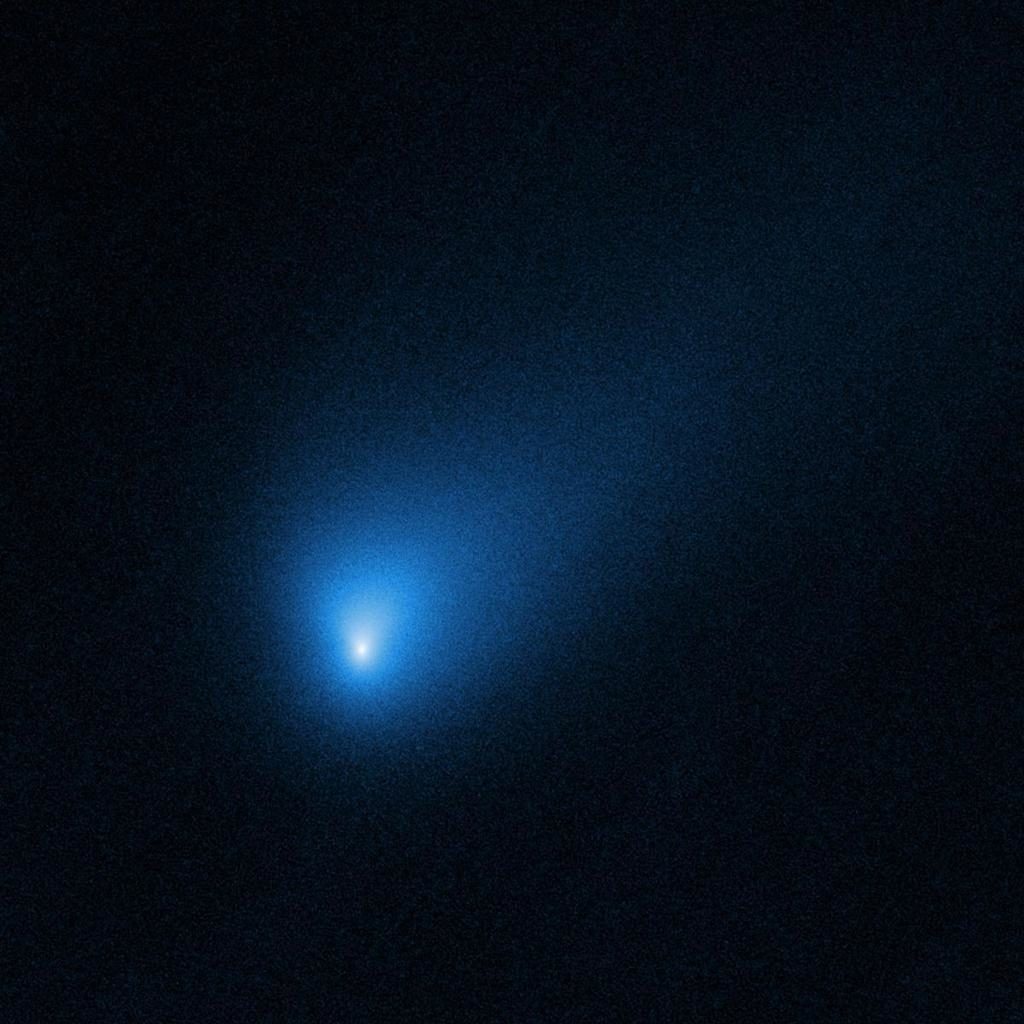
2I/Borisov, the first definitive interstellar comet detected as it passed through our solar system, gave astronomers the first opportunity to characterize how a comet formed elsewhere compares to comets we routinely observe. Initial observations of Borisov’s chemical composition, beginning in September 2019, proved most interesting, with clear detections of cyanogen gas (CN), but extremely low abundances of diatomic carbon (C) and low triatomic carbon (C). Compared to the 200+ comets in our database (measured with Lowell telescopes over four decades), this placed Borisov among about a dozen others with similar carbon composition. Unlike comets originating in our solar system, however, the carbon chemistry of Borisov changed as it approached the Sun, and it exhibited only a mild depletion of C by its closest approach near the end of 2019. This change was unexpected, as heating by the sun does not alter the abundances of these chemicals in comets from our solar system; it may be that our Sun burned off a crust that formed on Borisov during its interstellar journey. By late 2019, we additionally measured NH, a byproduct of ammonia, and OH, a direct byproduct of water, and we found the ratio of NH to OH to be higher in Borisov than in the comets originating here. Thus, while the expected chemical components were detected, the abundances were different than any other comet in our database, implying Borisov formed, not surprisingly, under quite different conditions.